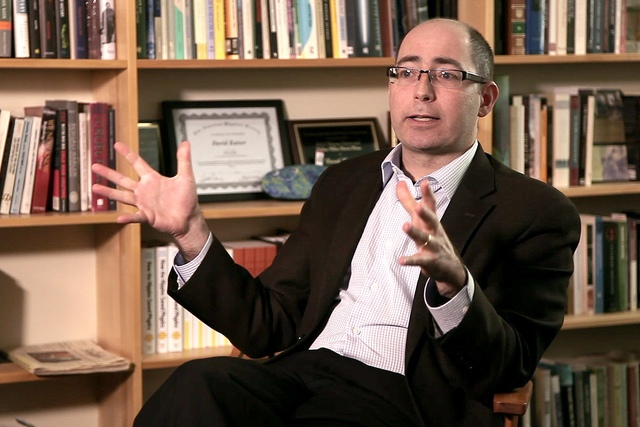The First Stars and Galaxies
Astrophysicist Avi Loeb on structure formation in the early Universe, mapping hydrogen using a 21 centimeter line, and density inhomogeneities
videos | July 4, 2014
How does hydrogen reionization help us find more about ancient galaxies? When did the first stars start to form? Frank B. Baird, Jr. Professor of Science, Chair of Astronomy Department at Harvard University Avi Loeb speaks on the methods of obtaining data about first objects in the Universe.
We have theoretical expectations based on all the data that we have about the early Universe. We think based on the standard cosmological model, that the very first stars started forming tens of millions of years after the Big Bang, roughly between fifty and a hundred million years — that’s when the very first stars formed and then small clusters of stars formed at first and merged to form bigger galaxies along with gas that made more stars. We would like to see if these expectations, theoretical predictions are confirmed by data. And that’s what distinguishes science from speculation. Fortunately, we can tell how the Universe looked like at early times.
We can also see the effect of the first galaxies on their surroundings, on their habitat, the environment, because the stars in those galaxies produced ultraviolet radiation, and ultraviolet radiation can in principle break hydrogen atoms that fill up the Universe into their constituent electrons and protons. Hydrogen is the most common element in the Universe and it’s made of a proton and an electron, and an ultraviolet photon can in principle break a hydrogen atom. And so around the very first galaxies there were regions where hydrogen was broken into free electrons and free protons.
There is another way to probe the very first stars and that’s to look at explosions, exploding stars. For example, very rarely there is a massive star that collapses to make a black hole, and in the process of making the black hole jets are being produced that could penetrate through the envelope of the surrounding star. And in principle these jets can be seen all the way to the edge of the Universe — these are called gamma-ray bursts, these are flashes of gamma rays, that we can actually trace all the way to very early cosmic times.





























